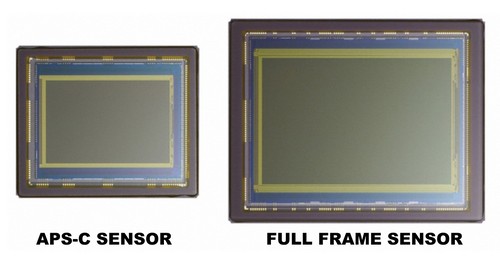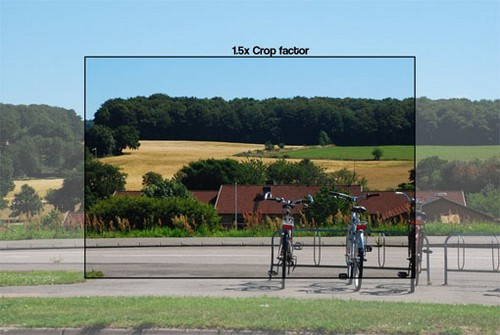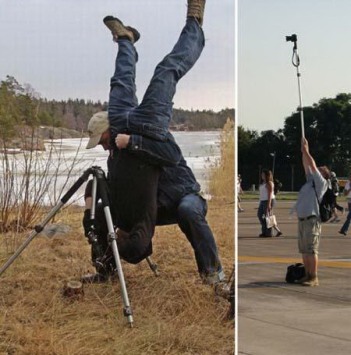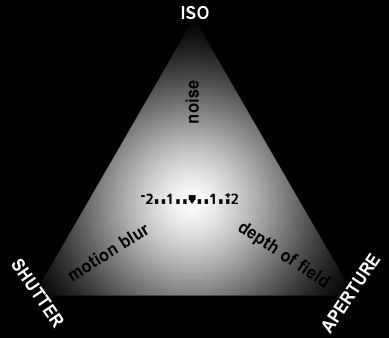
You who may be a newbie in the world of photography may be wondering: “Why do professional photographers, especially studio and fashion photographers, spend big bucks on expensive full-framed cameras?” Or maybe if there are full-framed DSLR users amongst the readers please feel free to comment below.
The following are some of the benefits of full frame FX sensors compared to DX (APS-C / APS-H) sensors:
– Drastically less Noise in high ISOs. Although ordinary DSLRs are capable of producing good photos at higher ISOs, this does mean that they are without noise. Take the Nikon DX classes for comparisons. The highest (Nikon D300) and lowest (Nikon D40) of that class uses the same sized sensors meaning noise level at high ISOs are the same. The case may be that the D300 uses a better noise reduction approach at high-level ISOs, making it seem cleaner than in the D40. But when compared to the D700, for example, the D300 clearly fails in comparison. The professionals do not compromise when it comes to noise.
– Free of crop factors. The biggest enemy of any wide lens is a DSLR’s sensor crop factor, making an 18mm wide lens appear as 28mm in a cropped sensor DSLR. The crop factor may help telephoto lenses, but wide lens producers have to think extra hard to make wide lenses stay wide when combined with a crop factored sensor. That’s why wide lenses nowadays go so far as starting at 10mm to 14mm wide to achieve the desired wide-angled view. With full frame DSLRs, 24mm lenses will stay 24mm and 18mm will always appear 18mm, which is why full-framed DSLRs are highly recommended for landscape photographers.
– Better dynamic range. With the large sensor size, pixel density and pixel size is also larger, making the sensor’s capability to capture light so much more superior. Full-frame sensors can avoid the chance of blown-highlight or too-dark shadows. To maintain dynamic range at high contrast, professionals need the full-framed DSLRs.
– Extra large viewfinders. Imagine doing manual focus on a small and narrow viewfinder. It will surely frustrate. For that, the full-framed DSLRs comes with a large viewfinder for extra convenience in targeting photo objects.
Of course there are other points of advantages in the full-frame sensors, but the aforementioned four points technically serves as the main advantages. If you feel the four above factors are advantages you could benefit from, then you definitely need a full-framed DSLR. But it must be noted that full-framed DSLRs isn’t automatically superior in auto focus speeds, metering, and overall performance (fps, shutter lag, etc.) compared to cropped DSLRs. And when used in low ISOs, the results on both DSLRs are difficult to differentiate. So whether you’d like to delve into the full-framed DSLRs or a cropped DSLR (APS-C or Four-thirds sensors) is all up to you and your overall photography needs.

















